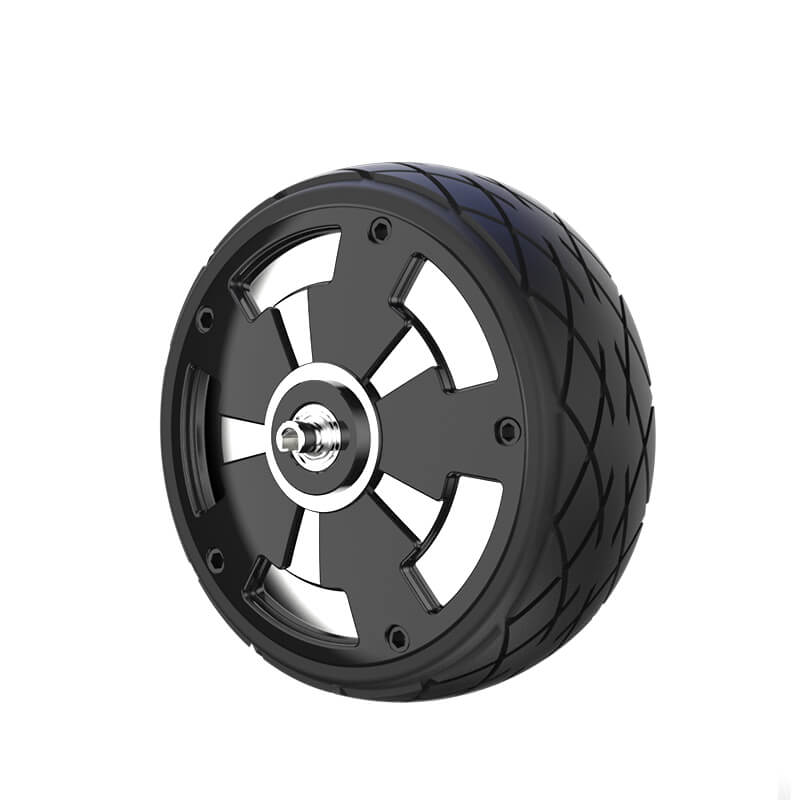When it comes to building robots, remote-controlled vehicles, or automation projects, the servo motor often emerges as the unsung hero — tiny yet mighty, precise yet affordable. Among the many models available to hobbyists and engineers alike, the SG90 servo motor remains a favorite. Its compact size, affordability, and decent performance make it a go-to choice for countless projects. But beneath its simplicity lies an interesting technical aspect that often sparks curiosity: the power consumption of the SG90.

Understanding the power needs of your servo motor is crucial, especially if you're working within limited power budgets, designing battery-powered systems, or aiming to optimize energy efficiency. So, what exactly does the power consumption look like for an SG90 servo motor?
The Basics of SG90 Power Specifications
The SG90 is classified as a micro servo motor, primarily powered by a 4.8V to 6V supply. Its small size and lightweight design make it ideal for a variety of applications where space and weight are critical considerations. The typical current draw varies depending on the operational state—whether the servo is at rest, actively moving, or under load.
At rest, the SG90 consumes relatively low power, generally around 10 to 20 milliamps (mA). When the servo begins to move or holds a position against resistance, its current draw increases, often reaching up to 500 mA briefly during stalls or heavy load situations. This variation highlights an essential aspect of servo operation—power consumption isn't a static figure but fluctuates based on activity.
Power Consumption Under Normal Operation
In most hobbyist applications, the SG90 operates stably at around 4.8V to 5V. Under these conditions, the average current consumption during regular movement is roughly 70 to 100 mA. For example, if your project requires continuous movement and moderate load, you might see a power draw of approximately:
[ P = V \times I ]
Where V is the voltage (say 5V), and I is the current (say 100mA). Plugging in these values:
[ P = 5V \times 0.1A = 0.5W ]
This is a critical metric to consider, especially for battery-powered projects, as it helps determine how long your power source can sustain operation.
Peak Power and Stall Conditions
While typical operation might hover around 0.5W to 0.6W, the real power demand surfaces during stall or overload situations. The SG90 can briefly draw up to 500 mA or more at 5V, translating into:
[ P_{peak} = 5V \times 0.5A = 2.5W ]
Stalls can happen if the servo is forced to hold against a heavy load or if there's a mechanical jam. It's vital for designers to consider this surge in power, as continuous operation at such levels can lead to overheating and potential damage.
Why Does Power Consumption Vary?
The core reason behind fluctuating power needs lies in the motor's nature. Servos convert electrical energy into rotational motion—it involves electromagnetic coil currents, gear mechanisms, and the internal feedback control circuitry. When the servo needs to hold a position under load or accelerate rapidly, it demands more electrical power.
The internal circuitry also plays a role; some SG90 units include internal electronics that regulate voltage and current, ensuring stable operation but also adding to the overall power consumption profile.
Managing and Optimizing Power Usage
For hobbyists and designers, managing power consumption isn't just about knowing numbers—it's about optimizing system performance. Several practical strategies can help:
Use appropriate power sources that can supply peak current without voltage sag. Implement power-saving modes where the servo is only active when necessary. Choose gear ratios carefully; reducing load can significantly drop current draw. Add heat sinks or cooling if the servo is operating under high load continuously.
In real-world applications, a typical SG90 servo running at 5V will consume around 0.5W on average during typical movement. However, continuous operation under heavy loads can push this figure higher, risking overheating or power supply issues.
Understanding the Impact on Your Project
If you're planning a project powered by batteries, knowing the current draw allows better battery selection. For example, a 2000mAh LiPo battery running an SG90 at 100mA could theoretically provide around 20 hours of continuous operation:
[ \text{Battery life} = \frac{\text{Capacity}}{\text{Current draw}} = \frac{2000mAh}{100mA} = 20 hours ]
This, of course, doesn't account for efficiency losses or additional components, but it offers a good starting point.
Final Thoughts for Part 1
As we delve deeper, we'll explore how to measure power consumption accurately, compare SG90 with other servos, and learn how to ensure your projects are both efficient and reliable. From understanding peak loads to harnessing idle power savings, mastering the power profile of the SG90 opens a world of possibilities for smarter, longer-lasting designs.
Stay tuned for Part 2, where we'll analyze real-world usage scenarios, practical tips for reducing power draw, and some insights into the future of micro servos in an energy-conscious world.
Leveraging innovations in modular drive technology, Kpower integrates high-performance motors, precision reducers, and multi-protocol control systems to provide efficient and customized smart drive system solutions.




































